Home>Articles>What To Know About Stained Concrete Flooring Before You Pour
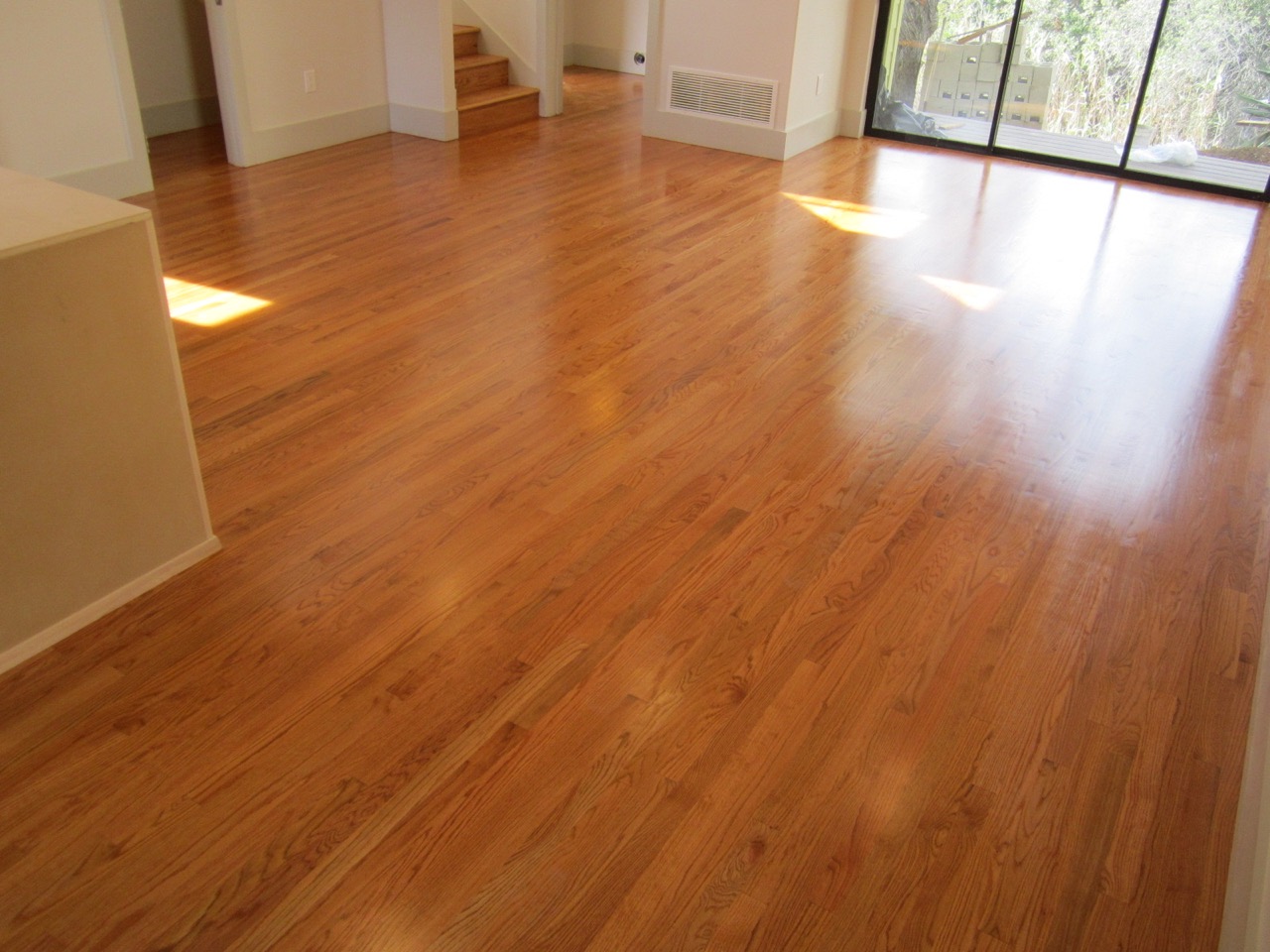

Articles
What To Know About Stained Concrete Flooring Before You Pour
Modified: January 9, 2024
Discover essential articles on stained concrete flooring - learn what to know before pouring your own concrete flooring for a durable and stylish option.
(Many of the links in this article redirect to a specific reviewed product. Your purchase of these products through affiliate links helps to generate commission for Storables.com, at no extra cost. Learn more)
Introduction
Stained concrete flooring has gained popularity in recent years for both residential and commercial spaces. It offers a unique and versatile option for enhancing the aesthetics of any room. Whether you are building a new home or considering a renovation project, understanding the benefits, process, and maintenance of stained concrete flooring is crucial to making an informed decision.
In this article, we will delve into everything you need to know about stained concrete flooring. We will explore the benefits it offers, the preparation and planning involved, the application process, and the maintenance required to ensure its longevity. By the end of this article, you will have a comprehensive understanding of stained concrete flooring and be ready to make an educated choice for your next flooring project.
Key Takeaways:
- Stained concrete flooring offers enhanced aesthetics, durability, and eco-friendliness, making it a cost-effective and low-maintenance choice for residential and commercial spaces.
- Proper surface preparation, choosing the right stain, and regular maintenance are crucial for achieving a beautiful and long-lasting stained concrete floor. Professional guidance can ensure precision and expertise in the process.
Read more: How To Stain A Concrete Floor
Benefits of Stained Concrete Flooring
Stained concrete flooring offers a multitude of benefits that make it a popular choice for homeowners and businesses alike. Here are some of the key advantages:
- Enhanced Aesthetics: Stained concrete floors add a touch of elegance and sophistication to any space. With a wide range of color options, you can achieve various effects, from earthy and natural tones to vibrant and bold shades. The staining process creates a marbled or mottled appearance, giving the floor a unique and artistic appeal.
- Durability and Longevity: Concrete is an exceptionally durable material, and when stained and sealed properly, it becomes highly resistant to wear and tear. Stained concrete floors can withstand heavy foot traffic, making them an ideal choice for high-traffic areas such as retail stores and restaurants. They are also resistant to stains, spills, and scratches, ensuring that your floor remains in pristine condition for years to come.
- Cost-Effective: Stained concrete flooring is a cost-effective option compared to other flooring materials like hardwood, tile, or carpet. The materials required for staining concrete are relatively inexpensive, and the labor costs are lower compared to intricate flooring installations. Additionally, its durability prevents the need for frequent replacements, saving you money in the long run.
- Eco-Friendly: Concrete is an environmentally friendly material, and stained concrete takes it a step further. The staining process does not require the use of harmful chemicals or volatile organic compounds (VOCs) typically found in other flooring materials. This makes stained concrete a sustainable and eco-friendly choice for those looking to reduce their carbon footprint.
- Low Maintenance: Stained concrete floors are easy to maintain, requiring minimal effort to keep them clean and in good condition. Regular sweeping and occasional mopping are usually sufficient to remove dirt and keep the floor looking its best. Unlike carpets, stained concrete does not harbor allergens, making it a healthier option for individuals with allergies or respiratory issues.
These are just a few of the many benefits that stained concrete flooring offers. From its aesthetic appeal to its durability and eco-friendliness, it is clear why it has become a popular choice for both residential and commercial spaces.
Preparation and Planning
Before diving into the process of staining concrete floors, proper preparation and planning are essential. Here are the key steps to take:
- Evaluate the Condition of the Concrete: Assess the current state of your concrete floor. Look for any cracks, chips, or uneven surfaces that may need to be repaired before staining. It’s crucial to have a clean and structurally sound surface for optimal results.
- Clean the Surface: Thoroughly clean the concrete floor to remove any dirt, dust, or grease that may hinder the staining process. Use a broom, vacuum, or pressure washer to ensure a clean surface.
- Consider Moisture Levels: Determine the moisture content of the concrete. Excessive moisture can affect the staining process and the longevity of the floor. Perform a moisture test using a moisture meter to ensure the concrete is within acceptable levels.
- Choose the Stain Type: There are two main types of stains: acid-based stains and water-based stains. Acid-based stains produce a more vibrant and varied color, while water-based stains offer a wider range of color options and are easier to work with. Consider your preferences and consult with professionals to determine the most suitable stain type for your project.
- Select the Color: Decide on the color or combination of colors you want for your stained concrete floor. Consider the overall look and feel you wish to achieve and how it will complement the existing décor and design of your space.
- Plan for Protection: During the staining process, it is crucial to protect adjacent surfaces, furniture, and walls from accidental staining or damage. Use plastic sheets or tape to cover and secure these areas before starting the staining process.
- Consider Professional Help: While staining concrete floors can be a DIY project, it is advisable to seek professional help, especially if you are new to the process. Professionals have the expertise and equipment to ensure a seamless and high-quality finish.
By taking the time to properly prepare and plan for the staining process, you will set the foundation for a successful and visually appealing stained concrete floor.
Surface Preparation
Surface preparation is a crucial step in achieving a beautiful and long-lasting stained concrete floor. Follow these steps to prepare the surface:
- Clean the Surface: Remove any debris, dirt, oil, or grease from the concrete floor. Sweep or vacuum the surface thoroughly, and use a degreaser or detergent to clean any stubborn stains. Rinse the floor with water and allow it to dry completely.
- Repair Cracks and Imperfections: Inspect the concrete for cracks, chips, or uneven areas. For small cracks, you can use a concrete repair kit to fill them in. For larger cracks or significant damage, it may be necessary to consult a professional for repairs.
- Remove Existing Coatings: If there are any existing coatings, such as paint or sealers, on the concrete floor, they need to be removed before staining. Use a paint stripper or a floor grinder to strip away the existing coatings. Ensure that the surface is clean and free from residue before proceeding.
- Etching the Surface: Etching the concrete helps to open up the pores and improve the adhesion of the stain. You can use an acid etching solution or a mechanical grinder with a diamond cup wheel to etch the surface. Follow the manufacturer’s instructions and safety precautions when working with acid-based solutions.
- Rinse and Neutralize: After etching, thoroughly rinse the surface with clean water to remove any residue. Then, neutralize the acid by applying a baking soda and water solution to the concrete. This step is crucial to ensure that the concrete is properly prepared for staining.
- Dry the Surface: Allow the concrete floor to dry completely before proceeding with the staining process. Moisture can affect the adhesion and results of the stain, so it’s essential to ensure the surface is dry.
By diligently preparing the surface of the concrete, you will create an optimal canvas for the staining process. Proper surface preparation ensures better adhesion, longevity, and a more professional finish for your stained concrete floor.
Choosing the Right Stain
Choosing the right stain is a crucial step in achieving the desired look and feel for your stained concrete floor. Here are some factors to consider when selecting a stain:
- Type of Stain: There are two main types of concrete stains: acid-based stains and water-based stains. Acid-based stains react with the minerals in the concrete, producing vibrant and variegated colors. Water-based stains, on the other hand, penetrate the concrete and offer a wide range of color options, including solids and translucent shades.
- Color Options: Consider the color or color combination that best suits your aesthetic preferences and complements the overall design of the space. Many stain manufacturers offer a variety of standard colors, and custom colors can be created by blending different stains.
- Transparency: Decide on the level of transparency you desire for your stained concrete floor. If you want a more opaque look, opt for solid stains that provide complete coverage. If you prefer a more translucent appearance, consider semi-transparent or translucent stains that allow the natural variations of the concrete to show through.
- Test Samples: It is highly recommended to test stain samples on a small, inconspicuous area of the concrete floor to assess the color and compatibility with your desired look. Samples will help you see the actual result before committing to a specific stain.
- UV Stability: If your stained concrete floor will be exposed to direct sunlight, it is important to choose a stain that has UV stability. This will ensure that the color remains vibrant and does not fade over time due to sun exposure.
- Sealing Compatibility: Consider the type of sealer you plan to use after staining. Some stains require specific types of sealers for best results. Ensure that the stain you choose is compatible with the sealer you intend to apply.
Consulting with stain manufacturers or professionals in the field can provide valuable insights and guidance in choosing the right stain for your specific needs. By considering these factors and testing samples, you can confidently select a stain that will transform your concrete floor into a stunning focal point of your space.
Before pouring stained concrete flooring, make sure to properly prepare the surface by cleaning and repairing any cracks or imperfections to ensure a smooth and even finish.
Read more: Everything You Need To Know About Ladders
Applying the Stain
Applying the stain to your concrete floor is a crucial step in achieving the desired color and finish. Follow these steps for a successful staining process:
- Prepare the Workspace: Ensure that the surrounding area is protected from accidental spills or stains. Cover adjacent surfaces, walls, and furniture with plastic sheets or protective materials.
- Mix the Stain: If you are using an acid-based stain, carefully follow the manufacturer’s instructions for dilution and mixing. For water-based stains, stir the stain thoroughly to ensure an even consistency.
- Test the Stain: Before applying the stain to the entire floor, it is recommended to test it in a small, inconspicuous area to ensure that you achieve the desired color and effect. Adjust the stain if necessary.
- Apply the Stain: Using a sprayer, brush, or sponge, apply the stain evenly over the concrete surface. Work in small manageable sections to ensure that the stain does not dry before you can manipulate it.
- Create Variation: To achieve a more natural and variegated look, consider using different application techniques such as sponge dabbing, ragging, or swirling the stain. This will create depth and dimension to the overall appearance of the stained concrete floor.
- Allow for Drying Time: After applying the stain, allow it to dry according to the manufacturer’s instructions. The drying time may vary depending on the temperature, humidity, and type of stain used. Avoid walking on the stained surface until it is completely dry.
- Assess the Color: Once the stain has dried, evaluate the color and effect. If the desired color intensity has not been achieved, a second coat of stain may be necessary. Apply the second coat following the same steps as before.
It is important to note that staining concrete is a creative process, and the final result may vary depending on various factors such as the age and condition of the concrete, the application technique, and the chosen stain. Don’t be afraid to experiment and make adjustments along the way to achieve the desired look.
Sealing the Concrete
Sealing the stained concrete floor is a crucial step in enhancing its durability, protecting it from stains and moisture, and giving it a beautiful and polished finish. Follow these steps to properly seal your stained concrete:
- Clean the Surface: Before applying the sealer, ensure that the stained concrete floor is clean and free from any debris. Sweep or vacuum the surface to remove any dirt or dust.
- Choose the Right Sealer: There are various types of sealers available, such as acrylic sealers, epoxy sealers, and penetrating sealers. Each has different characteristics and purposes. Consult with professionals or the stain manufacturer to determine the most suitable sealer for your stained concrete floor.
- Read the Instructions: Follow the manufacturer’s instructions carefully regarding the application of the sealer. Different sealers may have different application methods and drying times.
- Apply the Sealer: Using a brush, roller, or sprayer, apply the sealer evenly over the stained concrete floor. Work in small sections to ensure even coverage. Avoid applying excess sealer, as it can lead to an uneven finish or a sticky surface.
- Allow for Drying and Curing Time: The sealer will typically require drying and curing time. Follow the manufacturer’s instructions regarding the specific drying and curing times. It is essential to let the sealer cure completely before subjecting the floor to heavy foot traffic or placing furniture on it.
- Consider Multiple Coats: Depending on the type of sealer used, you may need to apply multiple coats for optimal protection and finish. Allow each coat to dry and cure according to the manufacturer’s instructions before applying the next coat.
- Maintain the Sealed Floor: Once the sealer has fully cured, it is important to maintain the sealed floor properly. Regularly sweep or vacuum the surface to remove dirt and debris. Avoid using harsh chemicals or abrasive cleaners that may damage the sealer. Periodically reapply the sealer as recommended by the manufacturer to maintain its protective properties.
Sealing the stained concrete floor not only enhances its appearance but also provides essential protection and longevity. By following the proper sealing process and maintaining the sealed surface, you can ensure that your stained concrete floor remains beautiful and durable for years to come.
Maintenance and Care
Proper maintenance and regular care are essential in keeping your stained concrete floor looking its best and prolonging its lifespan. Here are some tips for maintaining and caring for your stained concrete:
- Regular Cleaning: Sweep or vacuum the floor regularly to remove dirt, dust, and debris. This helps prevent scratches and maintains the floor’s appearance. For more stubborn stains or spills, use a mild detergent and water to clean the affected area.
- Avoid Harsh Chemicals: Avoid using harsh chemicals, acidic cleaners, or abrasive cleaning tools that can damage the stain or sealer. Stick to neutral pH cleaners that are specifically designed for stained concrete floors.
- Protective Mats and Furniture Pads: Place mats or rugs at entryways to trap dirt and prevent it from scratching the floor. Use furniture pads or felt pads under the legs of furniture to prevent them from scratching or damaging the surface when moved.
- Manage Moisture: Wipe up spills immediately to prevent them from seeping into the concrete or staining the surface. Be cautious of excessive moisture, as it can lead to discoloration or damage. Use mats in areas prone to moisture, such as kitchens or bathrooms.
- Periodic Sealer Reapplication: Over time, the sealer on your stained concrete floor may wear off due to foot traffic and regular use. Follow the manufacturer’s instructions for reapplying the sealer periodically to maintain its protective properties.
- Avoid Heavy Impact: While stained concrete floors are durable, heavy impacts from sharp objects or heavy machinery can chip or damage the surface. Take precautions to avoid dropping heavy objects or dragging furniture across the floor.
- Inspect and Address Issues: Regularly inspect your stained concrete floor for any signs of damage or wear. Address any issues promptly, such as cracks, chips, or stains, to prevent further damage and maintain the floor’s integrity.
By following these maintenance and care tips, you can ensure that your stained concrete floor remains beautiful, durable, and protected for years to come. With proper care, your stained concrete floor will continue to be a stunning feature in your space.
Common Issues and Troubleshooting
While stained concrete floors are generally durable and low-maintenance, there are some common issues that may arise. Here are a few common issues and troubleshooting tips to help you address them:
- Stain Discoloration: Sometimes, the color of the stain may not turn out as expected. This can occur due to improper surface preparation, incorrect stain application, or interaction with the concrete itself. To troubleshoot, you can try reapplying the stain or applying a new coat to even out the color. It is always prudent to consult with stain manufacturers or professionals for guidance.
- Blotchy or Uneven Finish: Uneven or blotchy finishes can occur due to improper application of the stain or uneven penetration of the stain into the concrete. To address this issue, you may need to reapply the stain using a more even and consistent application technique. It is crucial to follow the manufacturer’s instructions and ensure proper drying time between coats.
- Stains or Discoloration from Spills: Stained concrete floors can be susceptible to stains caused by spills or chemicals. If a stain occurs, act quickly and blot the spill with a clean cloth or paper towel. Avoid using harsh cleaners or scrubbing vigorously, as these can further damage the stain or sealer. Instead, use a mild detergent and water to clean the affected area gently.
- Cracks or Chips: Concrete can develop cracks or chips over time due to various factors such as settlement, temperature changes, or heavy impacts. To address small cracks or chips, you can use a concrete repair kit or epoxy filler. For larger or significant damage, it is advisable to consult a professional for repairs to ensure a seamless and long-lasting solution.
- Loss of Gloss or Shine: Over time, the gloss or shine of the stained concrete floor may fade or wear off due to foot traffic and regular use. To restore the gloss or shine, you can apply a floor wax or polish specifically designed for stained concrete. Follow the manufacturer’s instructions for application to achieve optimal results.
If you encounter any of these issues or have other concerns about your stained concrete floor, it is best to consult with professionals or stain manufacturers for guidance. They can provide specific troubleshooting steps based on your unique situation and help you restore the beauty and integrity of your stained concrete floor.
Read more: How To Pour A Concrete Patio
Conclusion
Stained concrete flooring offers a unique and versatile option for enhancing the aesthetics of any space. With its wide array of colors, durability, and low maintenance requirements, it has become a popular choice for both residential and commercial applications. By understanding the benefits, preparation and planning process, application techniques, proper maintenance, and troubleshooting tips, you can ensure that your stained concrete floor remains beautiful and long-lasting.
Throughout this article, we explored the numerous benefits of stained concrete flooring, including its enhanced aesthetics, durability, cost-effectiveness, eco-friendliness, and low maintenance requirements. We discussed the importance of surface preparation, choosing the right stain, and the step-by-step process of applying the stain and sealing the concrete. We also highlighted the significance of regular maintenance and troubleshooting common issues that may arise.
As you embark on your stained concrete flooring journey, it is crucial to seek professional guidance, especially if you are new to the process. Professionals can provide valuable insights, recommend the right products, and ensure that your stained concrete floor is executed with precision and expertise.
Whether you are looking to transform your living space, office, or commercial establishment, stained concrete flooring offers a durable, aesthetically pleasing, and eco-friendly solution. By carefully considering the factors we discussed and taking the necessary steps to properly prepare, apply, and maintain your stained concrete floor, you can create a breathtaking and long-lasting addition to your space.
Remember, each stained concrete floor is a unique work of art. Be creative, experiment, and let your personality shine through in the colors and effects you choose. Enjoy the process and the beauty that stained concrete flooring can bring to your home or business.
Frequently Asked Questions about What To Know About Stained Concrete Flooring Before You Pour
Was this page helpful?
At Storables.com, we guarantee accurate and reliable information. Our content, validated by Expert Board Contributors, is crafted following stringent Editorial Policies. We're committed to providing you with well-researched, expert-backed insights for all your informational needs.
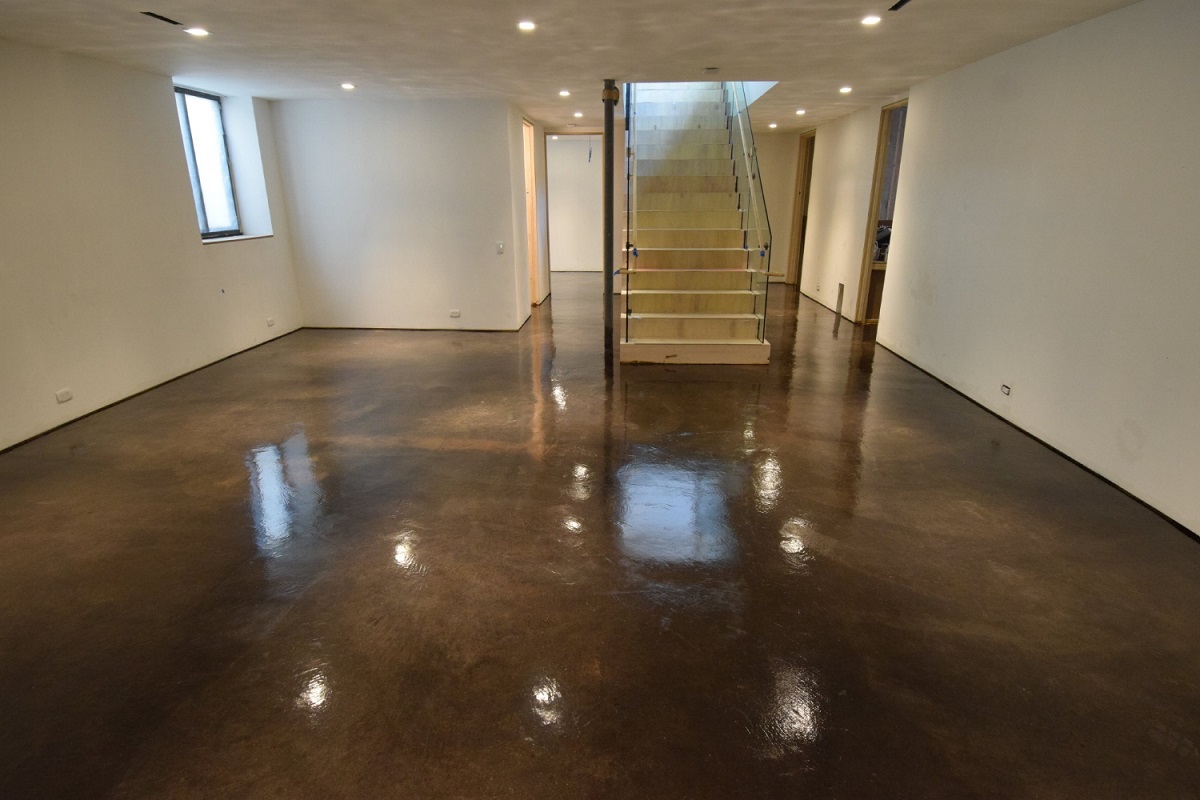

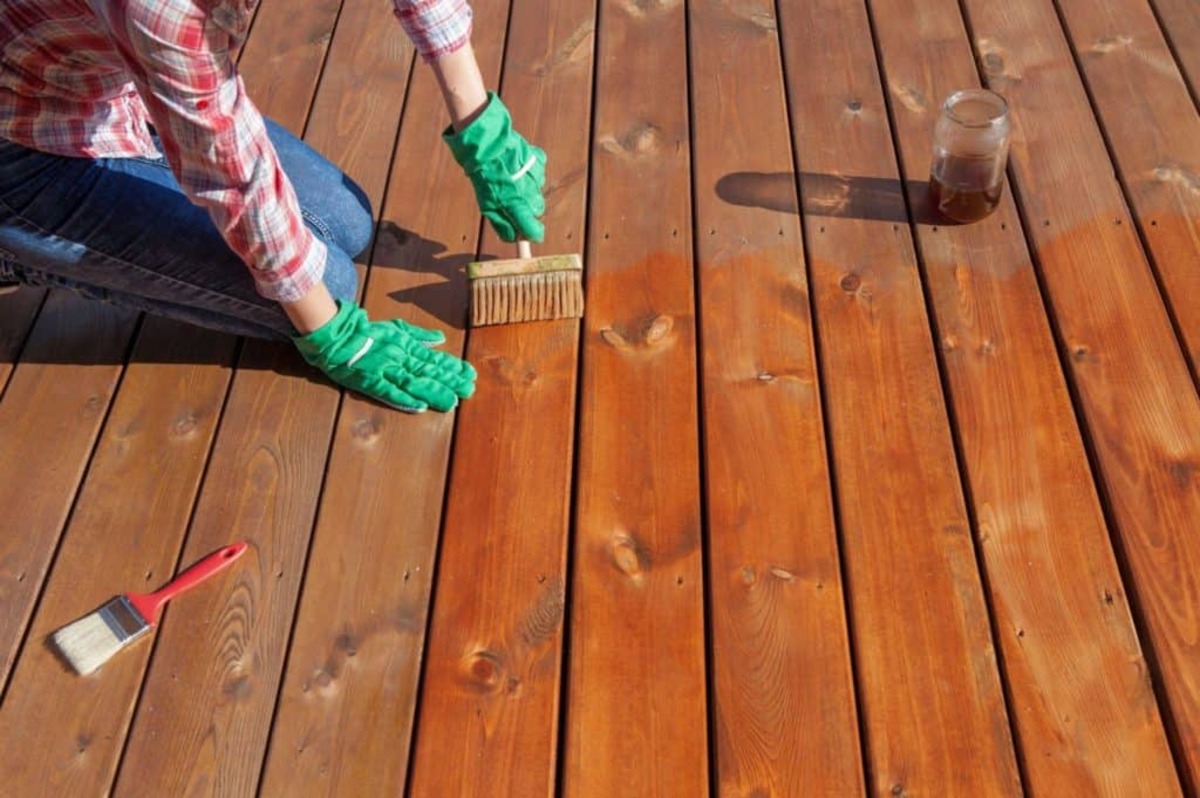
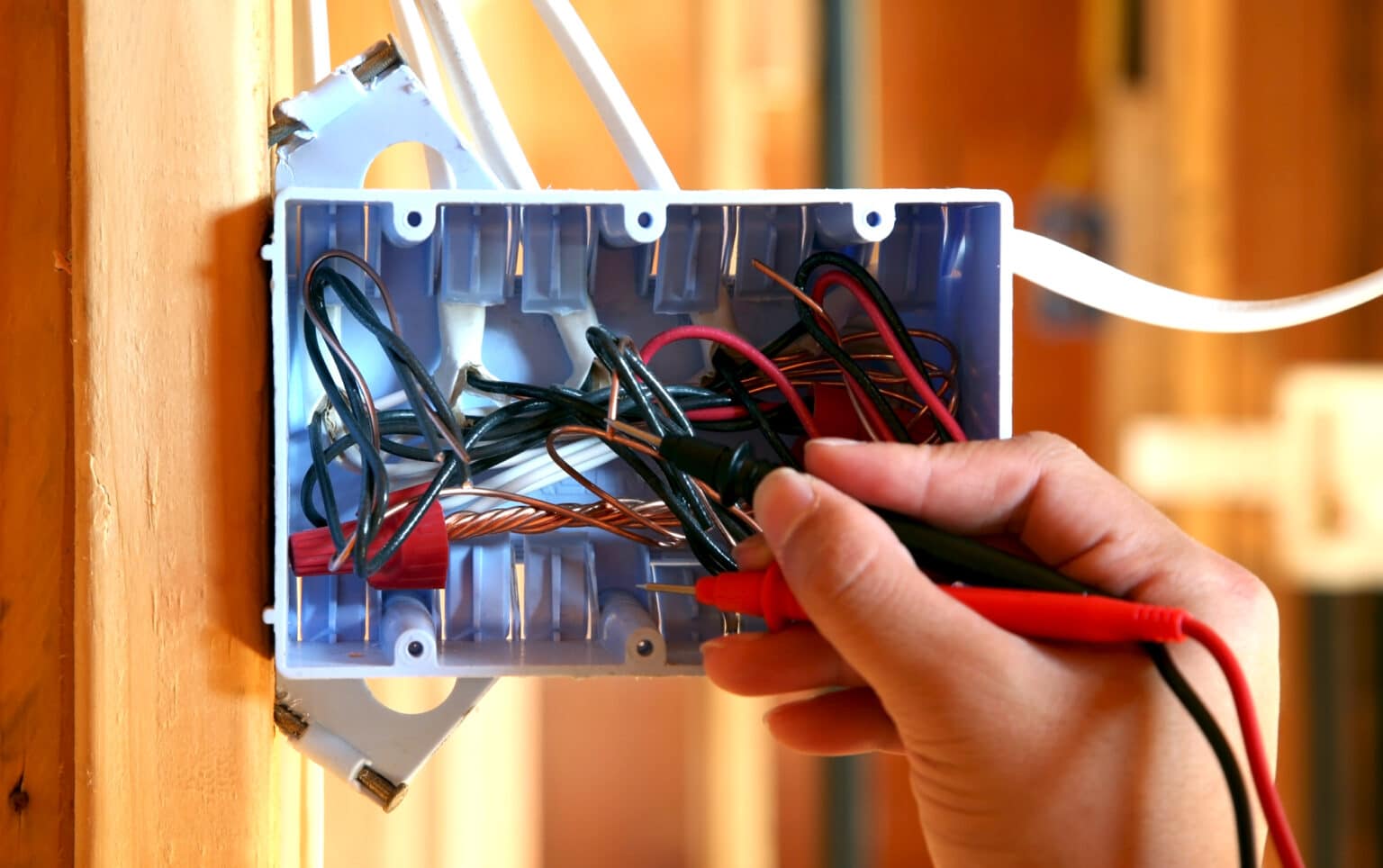





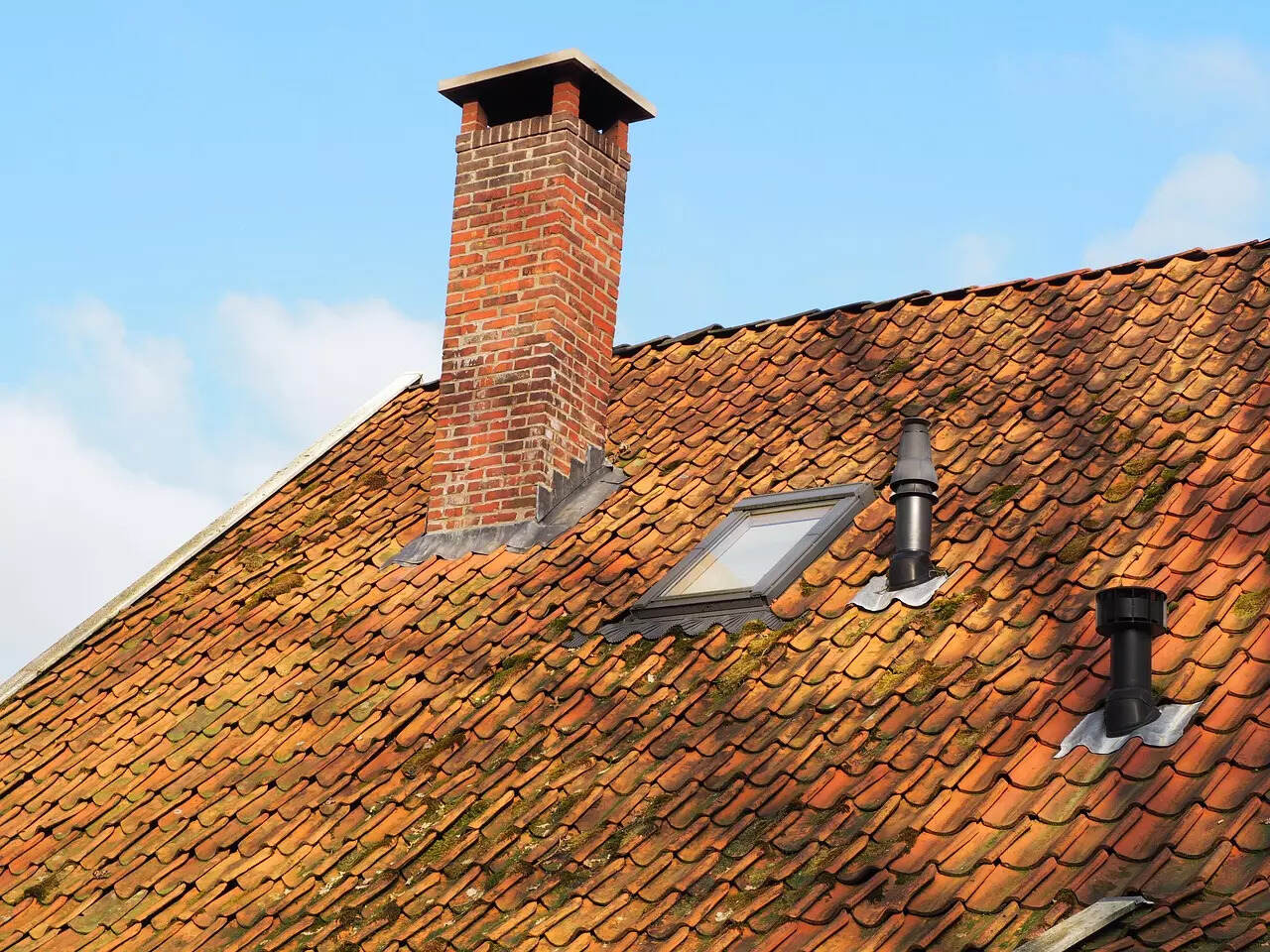
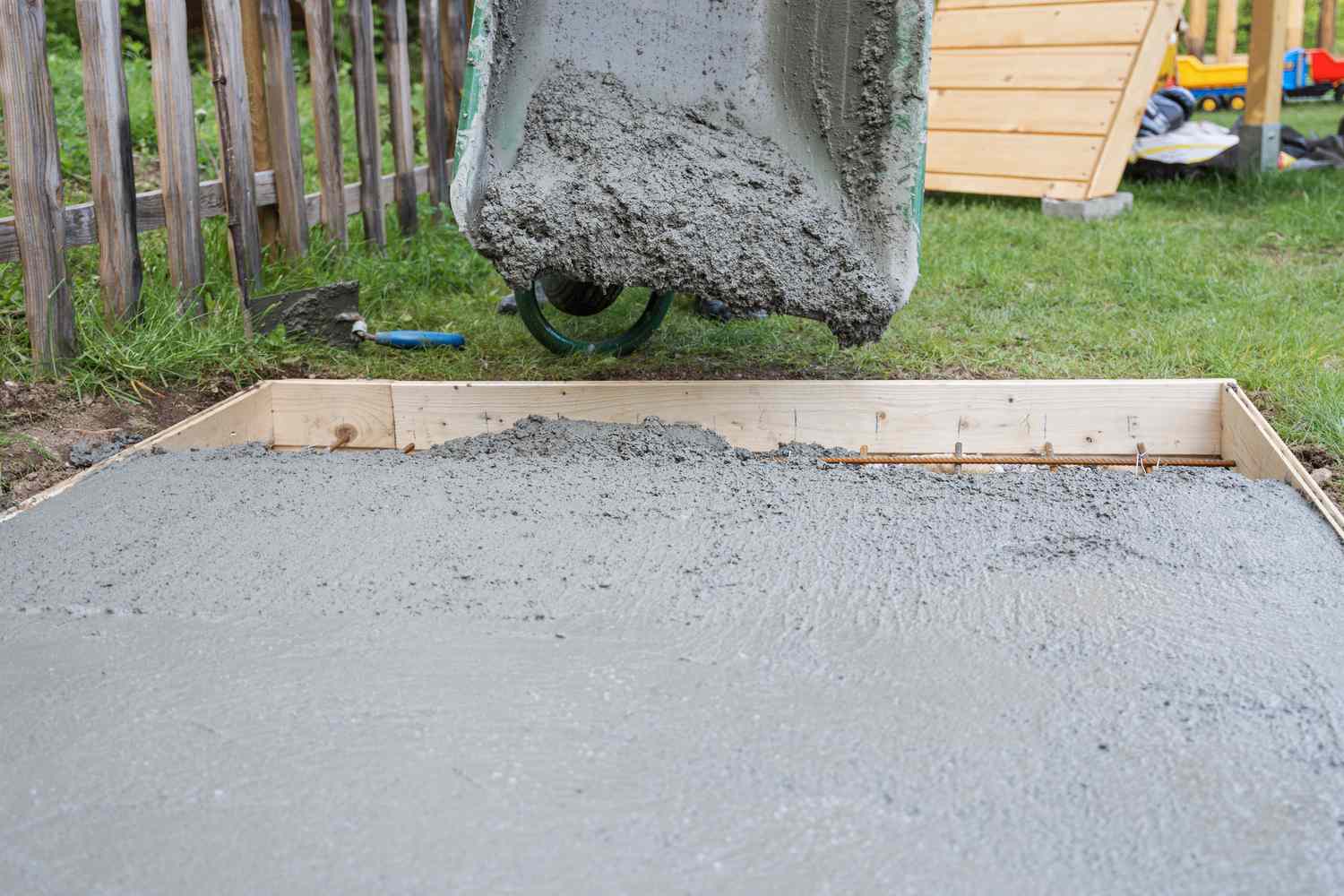



0 thoughts on “What To Know About Stained Concrete Flooring Before You Pour”